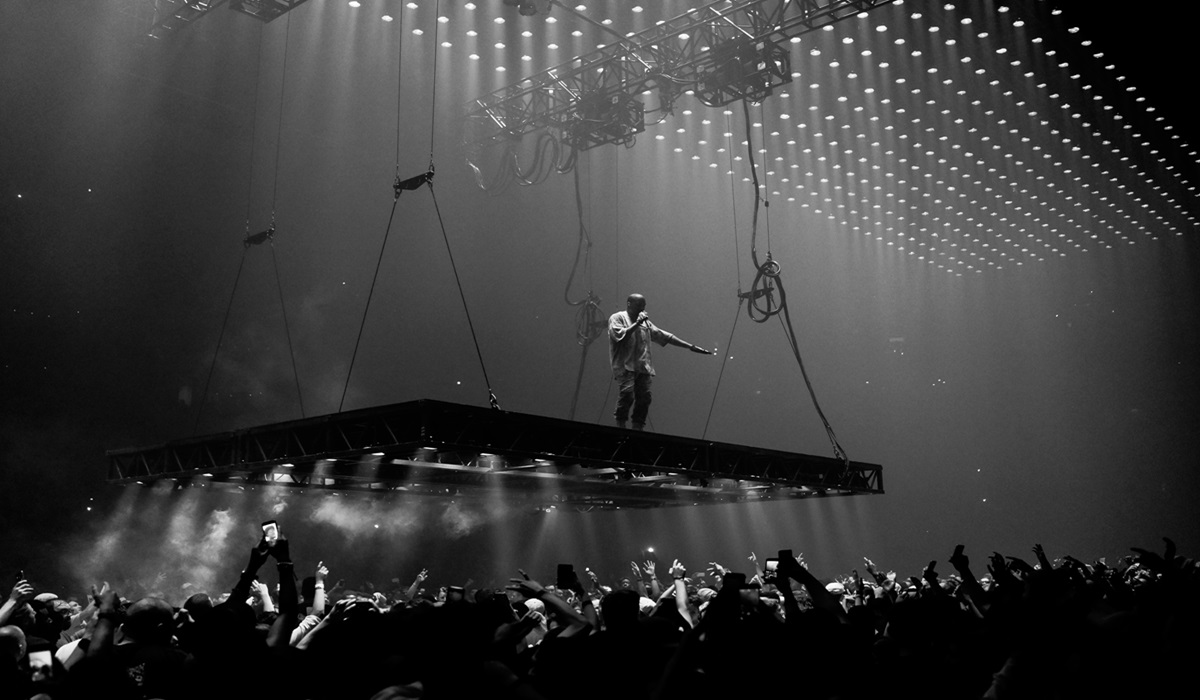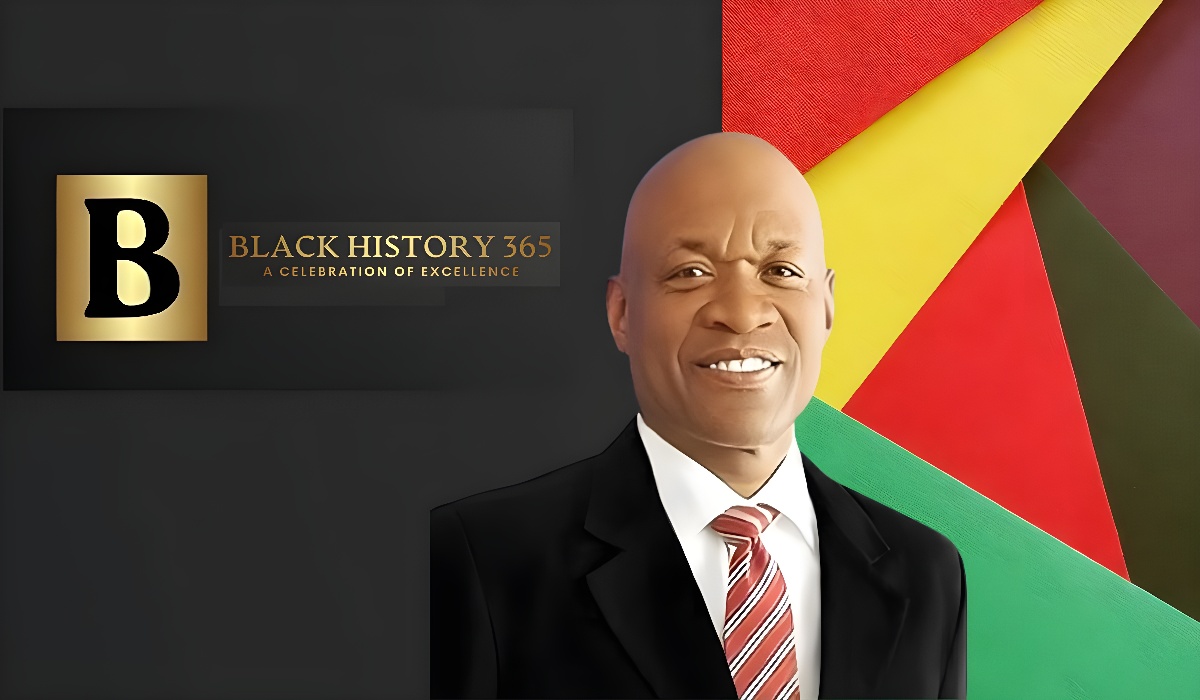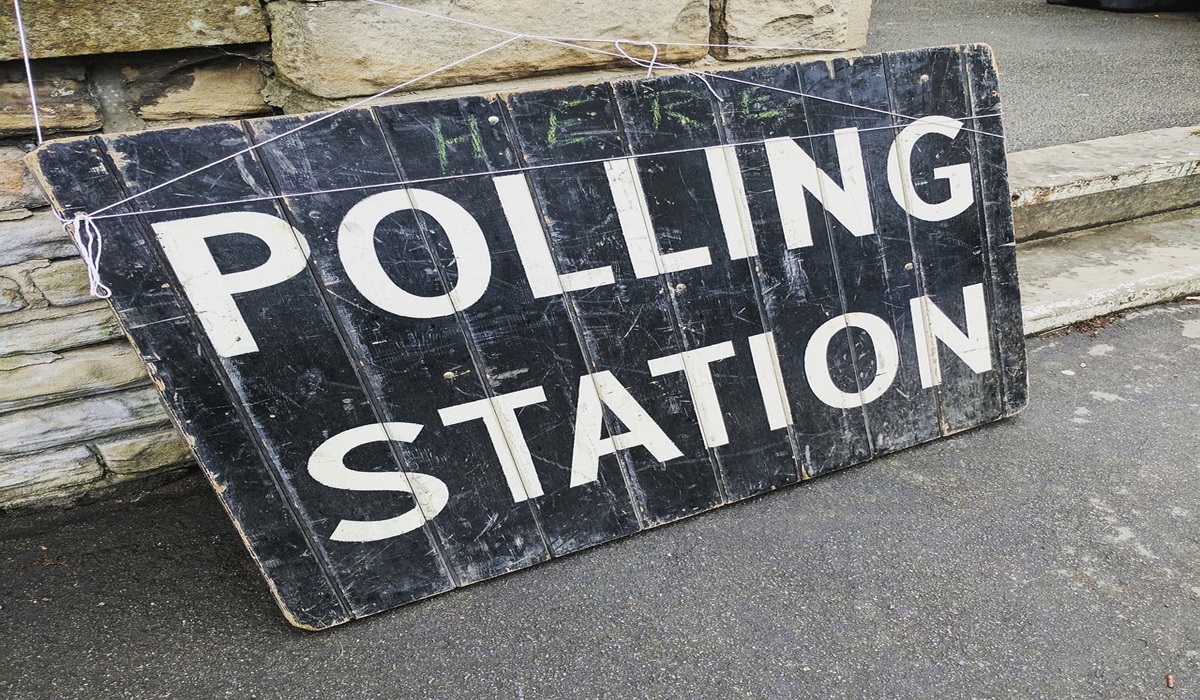When Job Hunting Your Image is Everything (Part 1)
- Nick Kossovan
- The Art of Finding Work
- Trending
- December 8, 2022

This column is the first of a 2-part series discussing an aspect that most job seekers ignore, the image they project to employers.
Part 1: Getting noticed is your image’s job.
“Image is everything. You don’t spare any expense to create the right image. And word of mouth is critical. Once you get a good reputation, momentum will carry you.”
― Haruki Murakami, Colorless Tsukuru Tazaki and His Years of Pilgrimage
Four questions you should ask yourself as a job seeker:
- Who am I?
- What do I do, or what would I like to do?
- Why does it matter?
- How do I want others to perceive me?
In answering these questions with definitive answers, you’ll become more strategic regarding how you present yourself (physically and verbally), which influences the impression people have of you.
“Image” is one of the oldest forms of nonverbal communication used to attract others. A person’s appearance is often used to judge their integrity, credibility and level of professionalism. The right image can open doors, draw attention to strengths and qualities, and open doors to life-changing possibilities.
Since first impressions are everlasting, my first rule when job searching is: Image is everything.
(My second rule: Don’t look for a job. Instead, look for where you’ll be accepted. Think: “I’m not looking for a job; I’m looking for my tribe!”)
The notion that your image significantly impacts your career—actually, your image influences all aspects of your life—makes many uncomfortable. The majority of people would rather be heads-down, focusing on their work, with their fingers crossed that their work alone will propel them forward, not their image. However, as creatures of our environment, we form perceptions based on what we see. By being aware of this and how your image is directly correlated with how you’re perceived, you can craft an image that attracts opportunities rather than repels them.
People don’t have much imagination when it comes to other people. What you show them—what they see—is the only thing they’ll first know about you, which we all learn at an early age; thus, why “What I show is what they’ll know” is ground-zero social guidance. Hence, we have a fashion industry, sexy sports car models, plastic surgery, Invisalign, and multiple brands to self-identify with for essentially the same product (e.g., soft drinks, coffee, jeans, etc.).
The constant effort to create an image in the hopes of being noticed and accepted is why for many people, “approval nods” are essential to their self-esteem. Consequently, when employers don’t give approval nods, their egos and self-confidence suffer badly and why heartbreak is a frequent occurrence when conducting a job search.
A stranger form a first impression of you in about seven seconds. In today’s increasingly open and interconnected world, where employerscan easily research you to determine if you’re interview-worthy, your overall presentation is increasingly important to your job search and career success.
Then there’s the initial meeting when the interviewer’s opinion of you will determine whether you advance in the hiring process. As much as it may offend you, your interviewer’s opinion of you will be based on your image.
When I was starting out, still trying to reach the first rung of the ladder, an advertising executive gave me this advice: “Create the image you want the world to see and constantly work at living up to it.” Then to emphasize his point, he mentioned Madonna, Norman Mailer, Tupac Shakur and Mother Theresa as examples.
Your what I call “pre-screen image,” which includes your resume, LinkedIn profile, and other digital footprints, is what gets you in the door—in front of those who’ll judge your suitability for the job and your fit with the company’s culture. In other words, are you one of them?This “Are you one of us?” judgment is why I view employers as exclusive clubs. Afterwards, once you’ve been selected for an interview, you must look “the part.”
Forget facts and logic, especially at the initial stages of the hiring process. Recent research reveals that a person’s image and emotional projections far outweigh facts and logical conclusions about them.
According to studies, people understand images faster than words and remember them for longer periods. Whenever there is a discrepancy between what we see and hear, our brains tend to believe what we see. A potent image speaks to us on a symbolic level, feeding us information by intuition and association.
TRUTH BOMB: Seeing is believing.
Before you return to your job search, ask yourself this question: What does my image say about who I am? It’s common for me to hear a job seeker tell me they are this and that… blah, blah, blah, yet what I see contradicts what they’re trying to convince me to believe about them. In other words, their image makes it hard for me to believe what they’re saying about themselves.
Does your image work in your favour or against you?
In my next column, I’ll discuss the second hardest part of your image’s job, making employers fall in love with you.
______________________________________________________________
Nick Kossovan, a well-seasoned veteran of the corporate landscape, offers advice on searching for a job. You can send Nick your questions at artoffindingwork@gmail.com.








